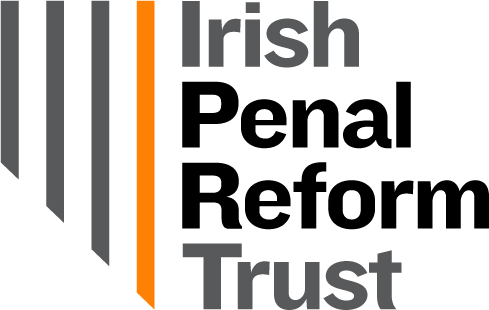Economic Climate's Positive Effect on U.S. Prison Policy
5th November 2010
From the 1980s America has seen an explosion in prison numbers, becoming the world leader in regards the rate of incarceration. Every year since 1985 has seen a rise in the levels of people behind bars. A natural corollary of this has been massive growth in the cost of corrections to the state, up 674% in that time period. However, recent information provided by The Vera Institute of Justice in their report The Continuing Fiscal Crisis in Corrections: Setting a New Course has shown that these incredible and unprecedented increases may finally be coming to a halt. The catalyst for such being the onset of the worst economic downturn in America since the great depression.
The Vera Institute of Justice surveyed state corrections officials about their planned ap propriations for fiscal year 2011, assessed current spending plans and reviewed state legisla tive action in 2009 and 2010 to look for new trends in corrections policies. The core lesson they have learned from the data they have collected is that officials are recognizing that it is possible to reduce corrections spending, and naturally prison numbers, while also enhancing public safety.
The overall state prison population declined during 2009 for the first time in nearly 40 years and the combined corrections appropriations of 44 states for the 2011 fiscal year have declined 1.05% from 2010, a dramatic change in course for corrections spending which has experienced annual growth since 1985.
The fiscal crisis that began in late 2007 has spurred politicians and policy makers to seek out innovative ways of reducing their public expenditure and increasing the value for money on what expenditure is left. Naturally this way of thinking has seeped into the criminal justice area and in particular to the heavy financial burden that is custodial incarceration. Lawmakers have had to reconsider who is punished and how, revaluating existing policies tackling recidivism.
Many states are now willing to make cuts to corrections expenditure (the fourth-largest category of states’ collective spending, following education, Medicaid, and transportation), long seen as untouchable because of the perceived impact on public safety. This has been a drive to turn increasingly to the results of research, analysis, and evaluation for guidance about mak ing more effective use of the funds they do have, especially in relation to reducing re-offending.
One obvious worry of reduced expenditure is that prisoners themselves might bear the brunt of it, through overcrowding, reduced training and education services etc. This is a serious concern but it appears that many states know that cutting effective programs does not serve their purposes in the long term because such programs help people succeed on supervi sion. In total nine states reported expanding programs and projects, several reported expanding substance use treatment, mental health services, and other alternatives to incarceration.
At the same time efforts are being made to actively reduce prison numbers. States are revising their criminal codes to downgrade certain offenses or reclassify specific crimes, such as raising the threshold dollar amounts for property crimes or reducing penalties associated with certain types of drug possession. Legislative approaches are being utilised to divert nonviolent offenders from pris on and provide greater opportunities for treatment and services. There is greater commitment to the use of parole. Some state legislatures have explic itly stated their preference for alternatives to prison and non-prison sentences for certain nonviolent offenders. Others have expanded or created alternative sentencing programs varying from home confinement to formal diversion programs for specialized populations, such as drug offenders and offenders who are parents. Another key turnaround has been recent repeals and amendments of mandatory sentencing laws for drug offences.
It is seen from the report that the economic downturn has provided the perfect opportunity for policy makers to reduce prison numbers and the exorbitant expenditure associated with it. Through this states are learning about less punitive, more effective ways to treat individuals who commit crimes. Something it is hoped will continue long into the future and more prosperous times.
Read more:




